Basics of Multivibrators
Multivibrators are fundamental electronic circuits that play a crucial role in digital electronics and signal generation. These versatile circuits are widely used in various applications, such as timing, waveform generation, pulse shaping, and frequency division. Multivibrators are characterized by their ability to generate square wave or pulse wave outputs, making them essential components in the construction of digital systems, counters, timers, and more.
The concept of multivibrators revolves around the generation of alternating states or output pulses between two distinct voltage levels, typically referred to as high (H) and low (L) states. This switching behavior is achieved through the interaction of active and passive components, primarily transistors, resistors, and capacitors. Depending on the configuration and arrangement of these components, multivibrators can exhibit different modes of operation, each serving specific purposes in electronic design.
Table of All Types of Multivibrators with Specifications
| Type | Components & Configuration | Operation & Timing | Applications | Advantages | Limitations |
|---|---|---|---|---|---|
| Astable Multivibrator | Two transistors, two capacitors, and resistors | Produces a continuous square wave without external triggering | Signal generation, flashing lights | Simple, no external input is needed | Frequency is not always stable |
| Monostable Multivibrator | One transistor, one capacitor, and resistors | Produces one pulse when triggered, then returns to its initial state | Timing circuits, pulse generation | Stable pulse width, simple | Only one stable state |
| Bistable Multivibrator | Two transistors and resistors | Has two stable states, and can be triggered to switch between them | Memory circuits switch | Two stable states retain state without power | Needs external triggering |
| Schmitt Trigger Multivibrator | Operational amplifier, resistors | Converts analog signal into a digital signal with hysteresis | Signal conditioning, debouncing | Noise immunity, hysteresis | Limited to comparators and certain operational conditions |
| PWM Generator | Comparators, reference voltage, sawtooth, or triangle wave generator | Varying the pulse width in response to an analog signal | Motor speed control, light dimming | Precise control, efficient | More complex, interference can occur |
| Ring Oscillator | Odd number of inverters in a loop | Produces a non-sinusoidal periodic waveform | Digital frequency generation, chip testing | Simple, digital | Not highly stable, power-hungry |
| Blocking Oscillator | Transistor, transformer, and feedback circuit | Produces a series of pulses | Pulse generation, time delay | Simplicity, transformer-based feedback | Not suitable for all applications, can be unstable |
| Relaxation Oscillator | UJT (Unijunction Transistor), capacitor, resistors | Produces non-sinusoidal periodic waveforms using UJT | Tone generation, alarms | Simplicity, adjustable frequency | Not highly stable, specific components needed |
- This is a condensed version of the specifics of each multivibrator. The complexities, configurations, and variations of each type can be vast. For a more comprehensive understanding and in-depth schematics, I recommend consulting specialized electronics resources.
Types of Multivibrators
There are three main types of multivibrators: astable, monostable, and bistable. Each type serves a distinct purpose in generating and shaping electronic signals. Here’s an overview of these multivibrator types:
1. Astable Multivibrator: An astable multivibrator, also known as a free-running multivibrator, is a circuit that generates a continuous square wave or pulse train output without any external triggering. It has no stable state; hence, it continuously switches between high and low states. Astable multivibrators are widely used in applications requiring clock signals, pulse generators, and frequency oscillators.
2. Monostable Multivibrator: A monostable multivibrator, often referred to as a one-shot or pulse generator, produces a single output pulse in response to an external trigger or input signal. After the pulse is generated, the circuit returns to its stable state. Monostable multivibrators are commonly used in applications such as time delay circuits, pulse-width modulation, and noise suppression.
3. Bistable Multivibrator: A bistable multivibrator, also known as a flip-flop, has two stable states and can maintain one of these states until an external trigger changes it. Bistable multivibrators are essential building blocks in digital memory, sequential logic, and storage elements in digital circuits. They play a key role in digital registers, counters, and memory cells.
In addition to these main types, there are variations and derived configurations of multivibrators, such as:
4. Schmitt Trigger Multivibrator: This type of multivibrator uses a Schmitt trigger circuit to create hysteresis, which improves noise immunity and signal shaping. It is commonly employed in applications where signal conditioning and noise filtering are required.
5. Pulse Width Modulation (PWM) Generator: This is a specialized form of multivibrator used to generate variable-width pulses. PWM is widely used in applications such as motor speed control, power regulation, and digital-to-analog conversion.
6. Ring Oscillator: A ring oscillator is a specific type of astable multivibrator formed by connecting an odd number of NOT gates (inverters) in a loop. It generates a continuous oscillating output waveform, commonly used in clock generation and frequency synthesis.
7. Blocking Oscillator: This is a type of astable multivibrator used in applications such as switching power supplies and voltage converters. It generates output pulses with varying frequency and duty cycle.
8. Relaxation Oscillator: A relaxation oscillator uses the charging and discharging of a capacitor to create a periodic output waveform. It is commonly used in applications requiring simple and low-frequency oscillations.
These various types of multivibrators form the foundation of many electronic circuits, providing essential functions for signal generation, timing, sequencing, and logic operations.
Astable Multivibrator
An astable multivibrator, often referred to as a free-running multivibrator, is a versatile electronic circuit that generates a continuous square wave or pulse train output without any external triggering. This type of multivibrator is widely used in various applications where a continuous oscillating waveform is required. Let’s delve into the details of the astable multivibrator, its operation, components, waveforms, and practical applications.
Introduction to Astable Multivibrator
An astable multivibrator is a self-triggering circuit that alternates between two stable states, constantly transitioning from one state to another. Unlike monostable and bistable multivibrators, the astable configuration does not have a stable state. Instead, it continuously oscillates between its high (H) and low (L) output states, producing a square wave or pulse train.
Basic Components and Circuit Configuration
The core components of an astable multivibrator include two cross-coupled amplifiers, typically built using transistors or operational amplifiers (op-amps), and a capacitor-resistor network. These components are interconnected to form a feedback loop that causes the circuit to oscillate.
Operation and Timing
The operation of an astable multivibrator relies on the charging and discharging of a capacitor through a resistor network. Initially, one transistor is in the cutoff state while the other is conducting. The capacitor starts charging, causing the output to change. As the voltage across the capacitor reaches a certain threshold, the conducting transistor switches off, and the other transistor turns on, initiating the discharge of the capacitor. This discharge process continues until the capacitor voltage drops below a lower threshold, causing the cycle to repeat.
Waveform Generation
The output waveform of an astable multivibrator is a continuous square wave or pulse train with equally high and low durations. The frequency of the oscillation depends on the values of the resistors and capacitors in the circuit. By adjusting these component values, the frequency and duty cycle of the output waveform can be tailored to suit specific application requirements.
Duty Cycle Control
The duty cycle of the astable multivibrator waveform, which represents the ratio of time the waveform is in the high state compared to the total cycle time, can be adjusted by changing the charging and discharging times of the capacitor. This is achieved by altering the resistance values in the circuit.
Practical Applications
Astable multivibrators find application in a wide range of electronic systems and devices. Some common uses include:
- Clock generators for digital circuits: Astable multivibrators provide clock signals necessary for synchronizing digital components in microcontrollers, microprocessors, and digital logic circuits.
- Pulse generators: These circuits are employed in applications requiring precise and continuous pulse signals, such as in telecommunications, radar systems, and instrumentation.
- Frequency and tone generation: Astable multivibrators are used to produce audio tones in sound generation circuits, tone alarms, and musical instrument circuits.
Advantages and Limitations
The advantages of astable multivibrators include their simplicity, low component count, and ability to generate continuous oscillations without external triggers. However, their output frequency can vary with changes in temperature, supply voltage, and component tolerances, making them less suitable for highly precise timing applications.
In conclusion, astable multivibrators play a crucial role in generating continuous square wave or pulse train waveforms, finding applications in a wide array of electronic systems. Understanding the principles of operation, waveform generation, and practical applications of astable multivibrators is essential for electronic enthusiasts, students, and engineers working with digital circuits and signal generation.
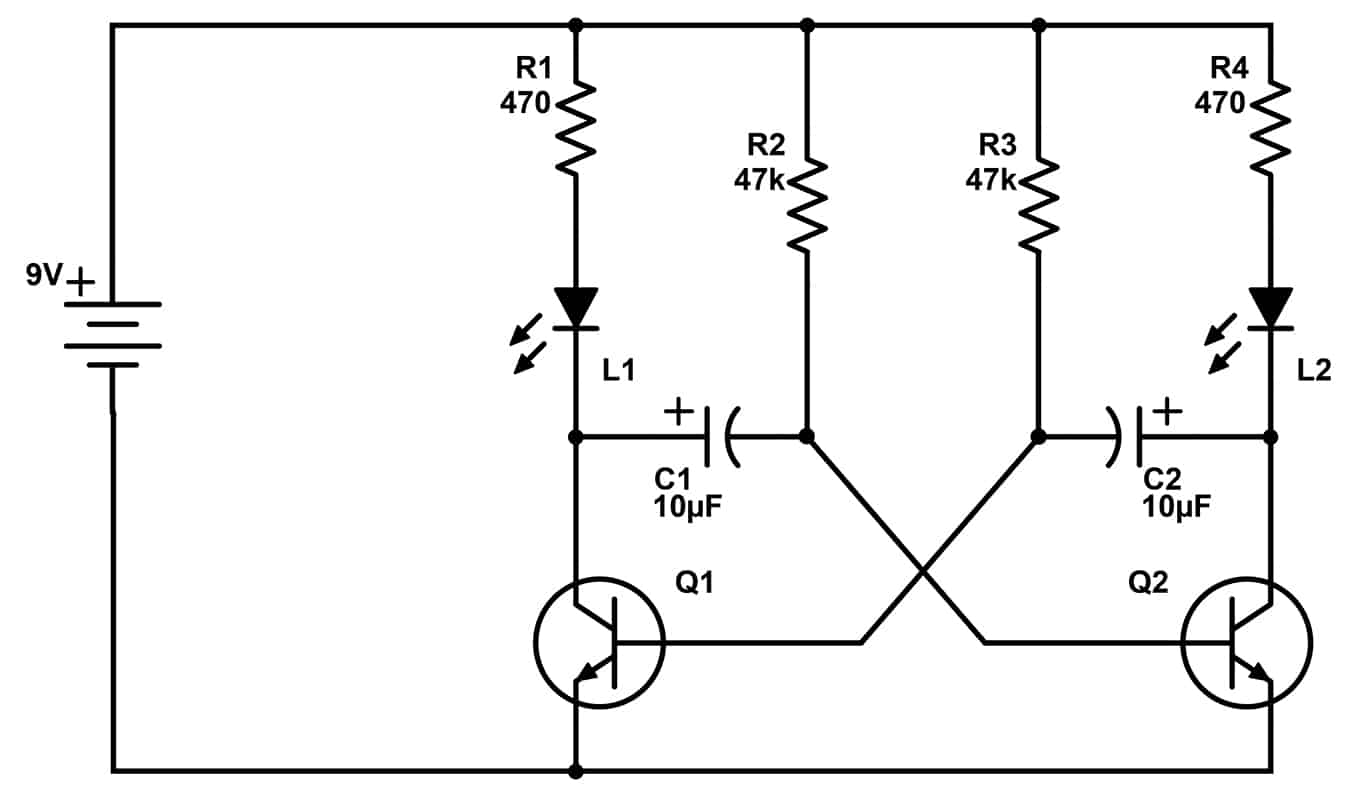
Monostable Multivibrator
A monostable multivibrator, often referred to as a one-shot circuit, is a vital electronic configuration that generates a single output pulse in response to an external trigger or input signal. This versatile circuit finds applications in various scenarios requiring precise timing, pulse shaping, and signal conditioning. Let’s explore the monostable multivibrator in detail, understanding its operation, components, waveform generation, applications, and advantages.
Introduction to Monostable Multivibrator
The monostable multivibrator is a pulse-generating circuit that produces a single output pulse in response to an external trigger. Unlike astable multivibrators, which continuously oscillate, the monostable configuration returns to a stable state after generating a pulse. This characteristic makes it suitable for creating controlled time delays, pulse-width modulation, and noise rejection.
Basic Components and Circuit Configuration
A typical monostable multivibrator consists of a trigger input, a timing capacitor, a timing resistor, and an amplifier stage. When triggered, the circuit transitions from its stable state to an unstable state, during which it generates a single output pulse before returning to its stable state.
Operation and Timing
The operation of a monostable multivibrator begins with an external trigger pulse applied to the trigger input. This triggers the circuit, causing the output to transition to a high state for a predetermined time period determined by the values of the timing capacitor and resistor. Once the predetermined time elapses, the circuit returns to its stable state with a low output.
Waveform Generation
The output waveform of a monostable multivibrator is a single pulse whose duration is determined by the values of the timing capacitor and resistor. The pulse width, or the time interval for which the output remains high, can be precisely controlled by adjusting these component values.
Applications of Monostable Multivibrators
Monostable multivibrators find applications in a variety of electronic systems and devices:
- Time delay circuits: They are used to introduce controlled delays in electronic systems, such as in automotive turn signal indicators or debouncing switches.
- Pulse-width modulation (PWM): Monostable circuits can generate variable-width pulses, enabling applications like motor speed control, LED dimming, and power regulation.
- Noise rejection: They can be employed to filter out short-duration noise spikes and ensure a clean and stable output signal.
Advantages and Limitations
The advantages of monostable multivibrators include their ability to generate accurate and controlled single pulses, making them suitable for precise timing applications. They also offer noise immunity by rejecting short-duration noise spikes. However, monostable circuits are not suitable for generating continuous oscillations like astable multivibrators.
In conclusion, the monostable multivibrator plays a crucial role in generating single output pulses with controlled durations, making it indispensable for applications requiring precise timing, pulse shaping, and noise rejection. Understanding the principles of operation, waveform generation, and practical applications of monostable multivibrators is essential for electronic enthusiasts, students, and engineers working with timing circuits and signal conditioning.

Bistable Multivibrator
A bistable multivibrator, commonly known as a flip-flop, is a fundamental electronic circuit with two stable states and the ability to store binary information. This versatile circuit forms the building block for sequential logic, memory elements, and digital storage devices. In this exploration of the bistable multivibrator, we will delve into its operation, types, truth tables, practical applications, and significance in digital electronics.
Introduction to Bistable Multivibrator
The bistable multivibrator is characterized by its dual-stable states, which can be either high (H) or low (L). It remains in one of these states until an external trigger or control signal induces a state change. This property forms the basis for its role in memory, storage, and sequential logic circuits.
Basic Types of Bistable Multivibrators
Bistable multivibrators come in various configurations, with the most common types being:
- SR Flip-Flop: Set-Reset flip-flop, where external inputs set and reset the circuit’s states.
- D Flip-Flop: Data flip-flop, which stores a single data bit and transfers it to the output based on a clock signal.
- JK Flip-Flop: Named after its inventor Jack Kilby, it combines the functionalities of the SR and D flip-flops.
- T Flip-Flop: Toggle flip-flop, toggling its state with each clock pulse.
Operation and State Transition
The operation of a bistable multivibrator involves state transitions triggered by control signals. In a flip-flop, inputs like clock signals, data inputs, and set/reset inputs determine the output states. A clock signal is often used to synchronize and control the transitions, ensuring that state changes occur at defined times.
Truth Tables and Logic Behavior
Bistable multivibrators are described using truth tables that illustrate the relationship between inputs and outputs. Each type of flip-flop has a unique truth table defining its behavior. These tables are essential tools for designing sequential logic circuits and understanding the logic behavior of the bistable multivibrator.
Applications in Digital Logic
Bistable multivibrators have widespread applications in digital electronics:
- Memory elements: Flip-flops store binary information and form the building blocks of digital memory and registers.
- Sequential logic: Bistable circuits enable the creation of sequential logic circuits for tasks like counters, state machines, and control units.
- Clock synchronization: They are used to synchronize different parts of a digital system, ensuring proper timing and coordination.
Significance in Digital Systems
Bistable multivibrators are pivotal in the development of modern digital systems:
- Storage and processing: They enable the storage and manipulation of binary information in microcontrollers, processors, and memory devices.
- Control and automation: Bistable circuits underlie the operation of digital control systems, timers, and event-driven automation.
Advantages and Limitations
Bistable multivibrators provide stable and reliable storage of binary states, essential for digital circuits’ memory and logic operations. However, they have limitations in terms of power consumption, speed, and susceptibility to noise in high-frequency applications.
In summary, the bistable multivibrator, or flip-flop, is a cornerstone of digital electronics, offering dual-stable states and binary storage capabilities. Its role in memory, sequential logic, and digital control makes it indispensable for modern digital systems. A thorough understanding of bistable multivibrators is essential for engineers, students, and enthusiasts working with digital circuits and logic design.
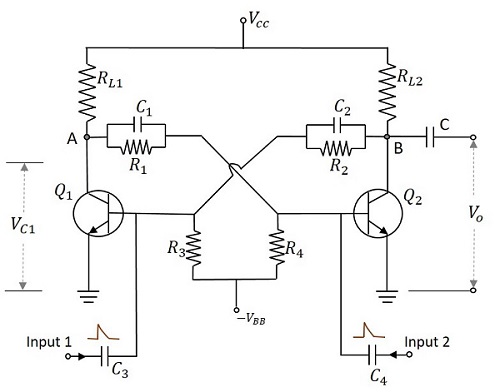
Conclusion
The study of multivibrators unveils a rich landscape of electronic circuits that play pivotal roles in various applications across the realm of digital electronics. Each type of multivibrator offers distinct characteristics and functionalities, contributing to the diverse range of tasks that digital systems perform. From generating continuous oscillations to producing single-pulse outputs and enabling binary storage, multivibrators serve as the foundational elements upon which modern digital technology is built.
As technology advances, the understanding of multivibrators continues to be a fundamental pillar in electronic engineering and digital circuit design. The ability to harness the unique characteristics of each multivibrator type empowers engineers and designers to craft sophisticated digital systems that power our modern world. Whether it’s generating precise timing signals, shaping pulses, or storing binary information, the diverse types of multivibrators stand as a testament to the remarkable versatility and ingenuity of electronic circuitry in enabling the technological marvels of today and tomorrow.
FAQs about Types of Multivibrators
1. What are multivibrators, and what is their primary purpose in electronics?
Multivibrators are essential electronic circuits that generate specific types of output waveforms or pulses. They play a crucial role in various applications, including signal generation, timing, pulse shaping, and memory storage within digital electronics.
2. What is the key difference between an astable, monostable, and bistable multivibrator?
The main distinction lies in their operational modes. Astable multivibrators generate continuous square waves or pulse trains, monostable multivibrators produce a single pulse in response to an external trigger, and bistable multivibrators have two stable states, functioning as memory elements or sequential logic components.
3. How do astable multivibrators contribute to timing in electronic systems?
Astable multivibrators serve as clock generators and oscillators, producing consistent and continuous square waves or pulses. They provide the necessary timing signals to synchronize various components within digital circuits, ensuring orderly and coordinated operation.
4. In which scenarios would you choose a monostable multivibrator over other types?
Monostable multivibrators are preferred when precise time delays, pulse-width modulation, or noise rejection are required. They find use in applications such as switch debouncing, generating controlled pulses, and filtering out short-duration noise spikes.
5. What is the fundamental role of bistable multivibrators in digital systems?
Bistable multivibrators, commonly known as flip-flops, form the basis of memory and storage elements in digital circuits. They store binary information, allowing for the creation of registers, counters, state machines, and sequential logic components in complex digital systems.
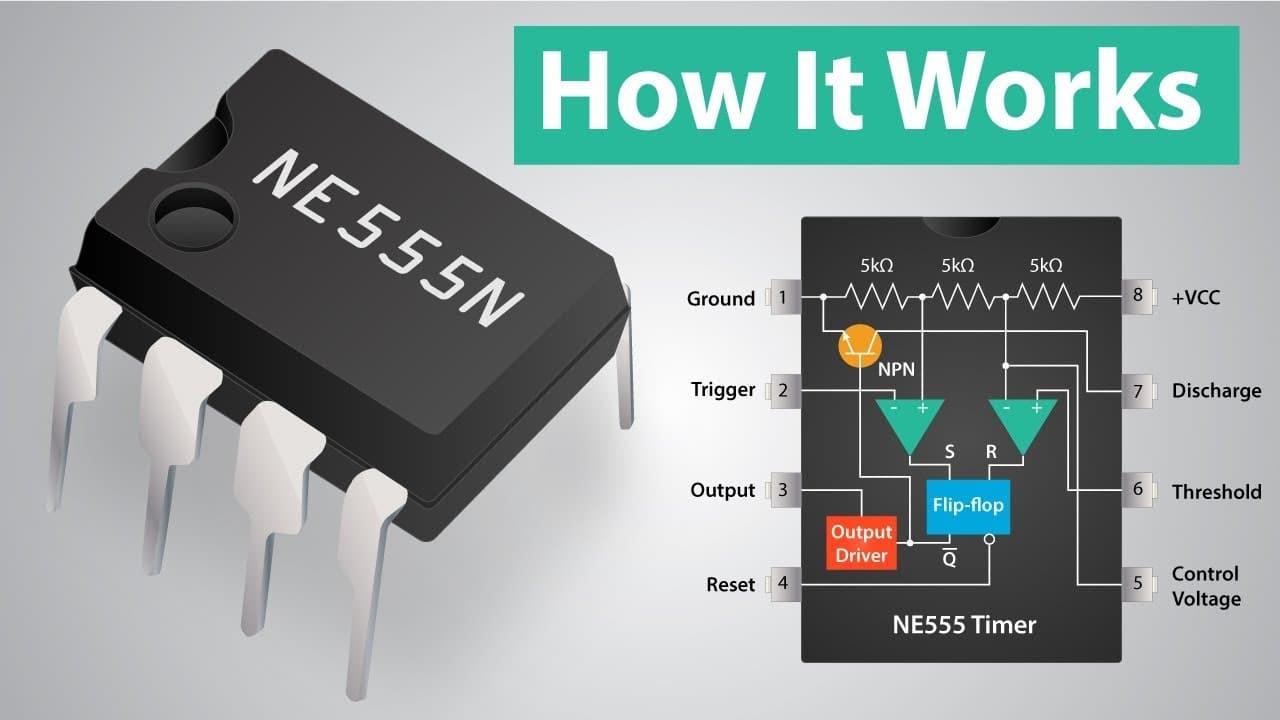
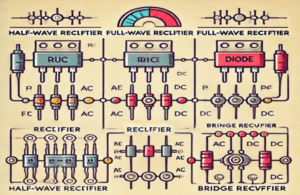
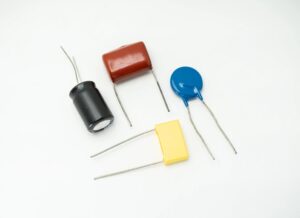
Great topic, please keep it up I really enjoy reading these type articles.
Thanks Kanata.